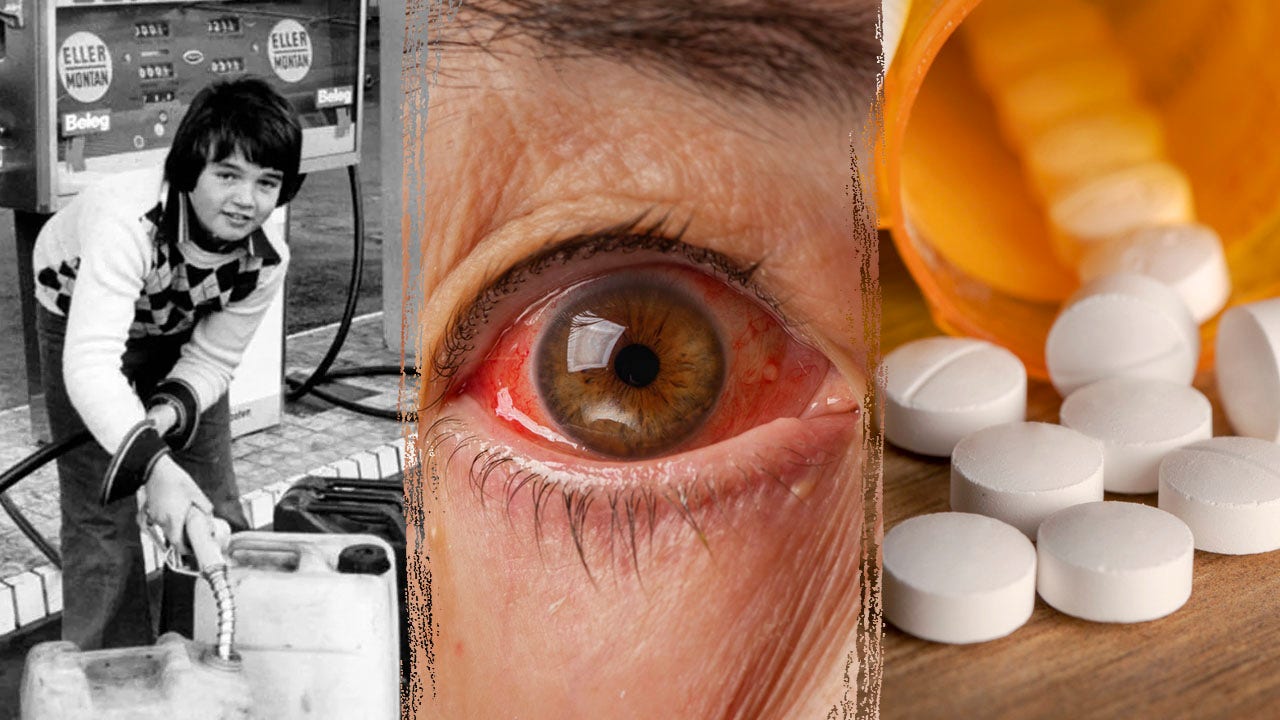As winter arrives, many people experience discomforts like sneezing, congestion, itchy eyes, and throat irritation. These symptoms often raise the question: Are they caused by winter allergies or pollution? While both conditions can lead to overlapping symptoms, understanding the root cause is essential for effective management. Let’s explore the differences and how to address them.
What Are Winter Allergies?
Winter allergies are triggered by allergens commonly found indoors during colder months. Unlike spring or summer allergies caused by pollen, winter allergies are usually related to:
Dust Mites: These microscopic creatures thrive in warm, indoor environments.
Mold: Damp areas like bathrooms, basements, or poorly ventilated spaces can harbor mold.
Pet Dander: Shedding fur and skin flakes from pets can become more concentrated in closed spaces.
Indoor Plants: Some plants harbor mold or other irritants.
What Is Pollution-Induced Irritation?
Winter pollution is often exacerbated by colder temperatures and stagnant air. Pollutants include:
Particulate Matter (PM): Tiny particles from vehicle emissions, industrial activities, and burning wood or coal.
Smog: A combination of fog and pollutants, commonly seen in urban areas during winter.
Indoor Air Pollution: Poor ventilation, tobacco smoke, and heating appliances can release harmful particles indoors.
How to Identify
Track Your Symptoms:
If symptoms worsen indoors or near specific triggers (like pets or dusty areas), allergies may be the cause.
If symptoms peak during outdoor activity or in areas with visible smog, pollution could be responsible.
Use Air Purifiers:
If an air purifier alleviates symptoms indoors, it points to allergies.
Persistent symptoms despite air purification may indicate pollution.
Seasonal Patterns:
Allergies often follow a consistent pattern yearly.
Pollution symptoms may vary depending on weather and air quality.
Preventive Measures
For Winter Allergies:
- Regularly clean and vacuum your home.
- Wash bedding in hot water to eliminate dust mites.
- Use a dehumidifier to prevent mold growth.
- Bathe pets frequently and keep them off furniture.
For Pollution:
- Check daily air quality indexes (AQI) and limit outdoor activities on poor air days.
- Use N95 masks when venturing out in polluted areas.
- Avoid burning wood or using kerosene heaters indoors.
- Ensure proper ventilation when cooking or using heating appliances.
When to See a Doctor
If symptoms persist despite taking preventive measures, consult a healthcare professional. Allergists can identify specific triggers through testing, while pulmonologists can address pollution-related respiratory issues.
Being mindful of your environment and symptoms can help you manage these conditions effectively. By maintaining clean indoor air and protecting yourself from outdoor pollutants, you can enjoy a healthier winter season.
(This article is meant for informational purposes only and must not be considered a substitute for advice provided by qualified medical professionals.)














































